Dresden Files RPG, vampires and werewolves are a pretty big part of the setting if not exactly the focus.
the_artic_one
I'm here for the rock facts but some of these character designs are super cringe.
I assume the bigwigs wouldn't let them make an anime about rocks unless it was also about boobs.
For a long time, all the inky caps were in Coprinus. Then genetic testing revealed that Shaggy Mane inky caps (Coprinus Comatus and similar big shaggy meaty inky caps) aren't related to the others, they just evolved the ability to turn to ink independently to take advantage of whatever ecological niche turning to ink gets you (mycologists aren't really sure). Coprinus is in the Agaricus family (portabellos) while all the others are in the Psathyrella family (small mushrooms with thin brittle stems that no one really pays attention to).
So the big shaggy inkys got to keep Coprinus and the rest got new genera under Psathyrellaceae, one of which is Parasola.
As for the question of edibility, Parasola are likely not toxic but they're too small for anyone to really consider eating.
The most commonly eaten ex-Coprinus are the Coprinopsis Atramentaria complex which are the ones that make you sick if you have alcohol within a couple days or so of eating them. The real Coprinus don't react with alcohol.
It's possible but the ones where we can see the underside appear to be deliquescing to ink which is what makes me think Coprinopsis Lagopus group is more likely. It's difficult to tell for sure without a closeup.
I actually just posted some Parasola this morning.
It's difficult to tell the difference within a section such as between alcohol inkys C. Atramentaria and C. Striata (slightly pointier).
But the C. Lagopus group is pretty different, they're less than half the size, they're covered in white hairs when they're young, and they have flesh so thin that it turns inside out and transparent as the inside starts to turn to ink like you can see in OPs photo.
Compare to this photo from Wikipedia which shows how C. Atramentaria looks when it's turning to ink (or deliquescing if you're fancy).

OP's mushrooms actually aren't the same section as the alcohol inkys you had. Nobody really eats the rabbit foot inkys because they're smaller and have basically no flesh but they don't react with alcohol the same way.
These look like Coprinopsis section Lanatule "Rabbit foot inky caps". They're called that because they're covered in white fuzz when they first pop up.
This one I found has about half the fuzz worn off but it's enough to get the picture.

It's a chocolate-flavored sandwich-cookie, not a cookie version of a chocolate sandwich.
Oh cool, you're close enough to me (Washington) that I can use my local resources to get closer.
Look into Lactarius cascadensis and Lactarius cordovaensis (they may be the same thing).
Paraphrased from Danny Miller https://www.alpental.com/psms/ddd/Lactarius/index.htm
a lilac grey/cinnamon cap that is zoned. It is large, with gills the colour of the cap and a mild taste found under alder. It has watery-white latex that stains tissues pink/purple and a scrobiculate stem.
Those are supposed to be pretty rare, if you've still got it, consider drying it and seeing if anyone from a local mycology club is interested in studying it.
You're missing a very important detail: what part of the world did you find this in?
It seems like it's something like L. repraesentaneus though the KOH reaction on the cap should have been red. 15-20 minutes should be more than enough time for a KOH reaction but if you waited too long between picking the mushroom and putting the KOH on the cap you may have gotten a false negative.
Wikipedia honestly kind of sucks for mushroom information, the information is very general and they only cover a handful of species.
Region-specific resources are the best but I don't really know any for your region so I'll recommend MushroomExpert.com which is a good site for general North American mushroom info. Here's the page on inkys you may want to check out.





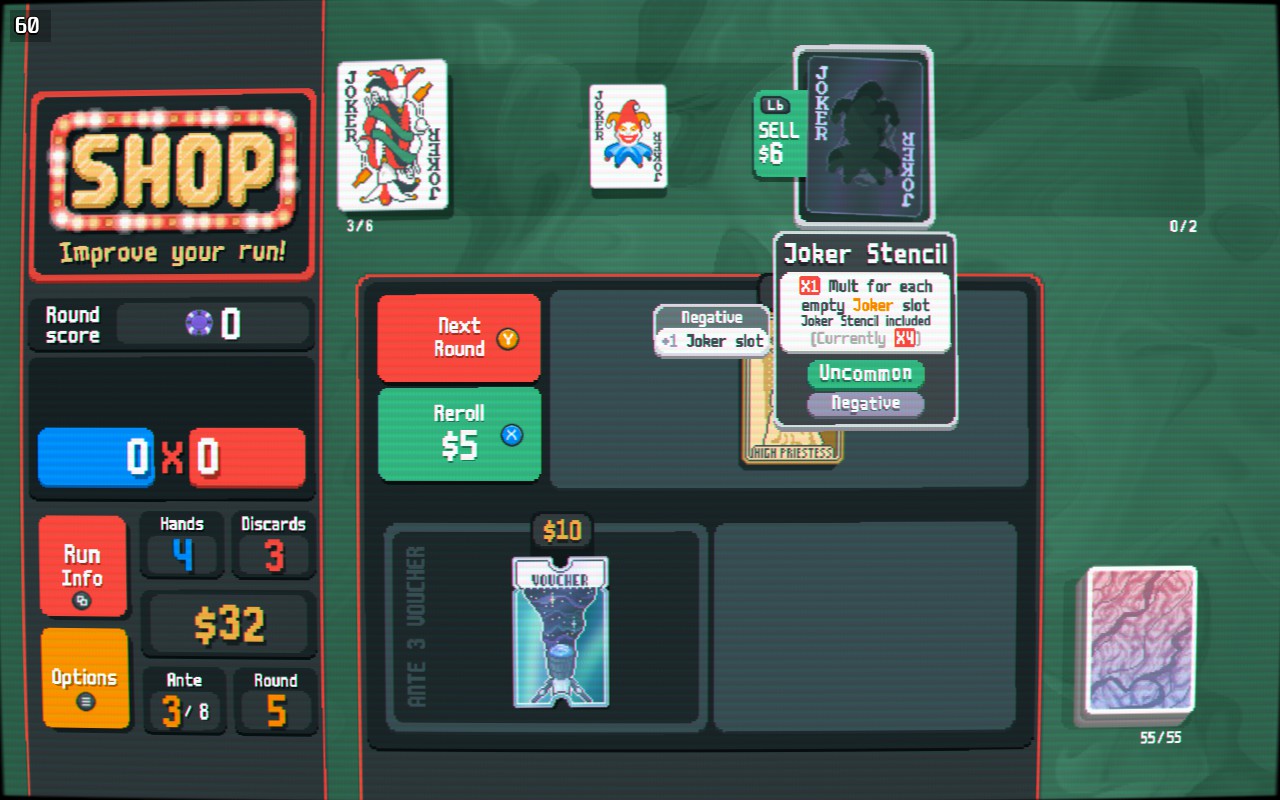


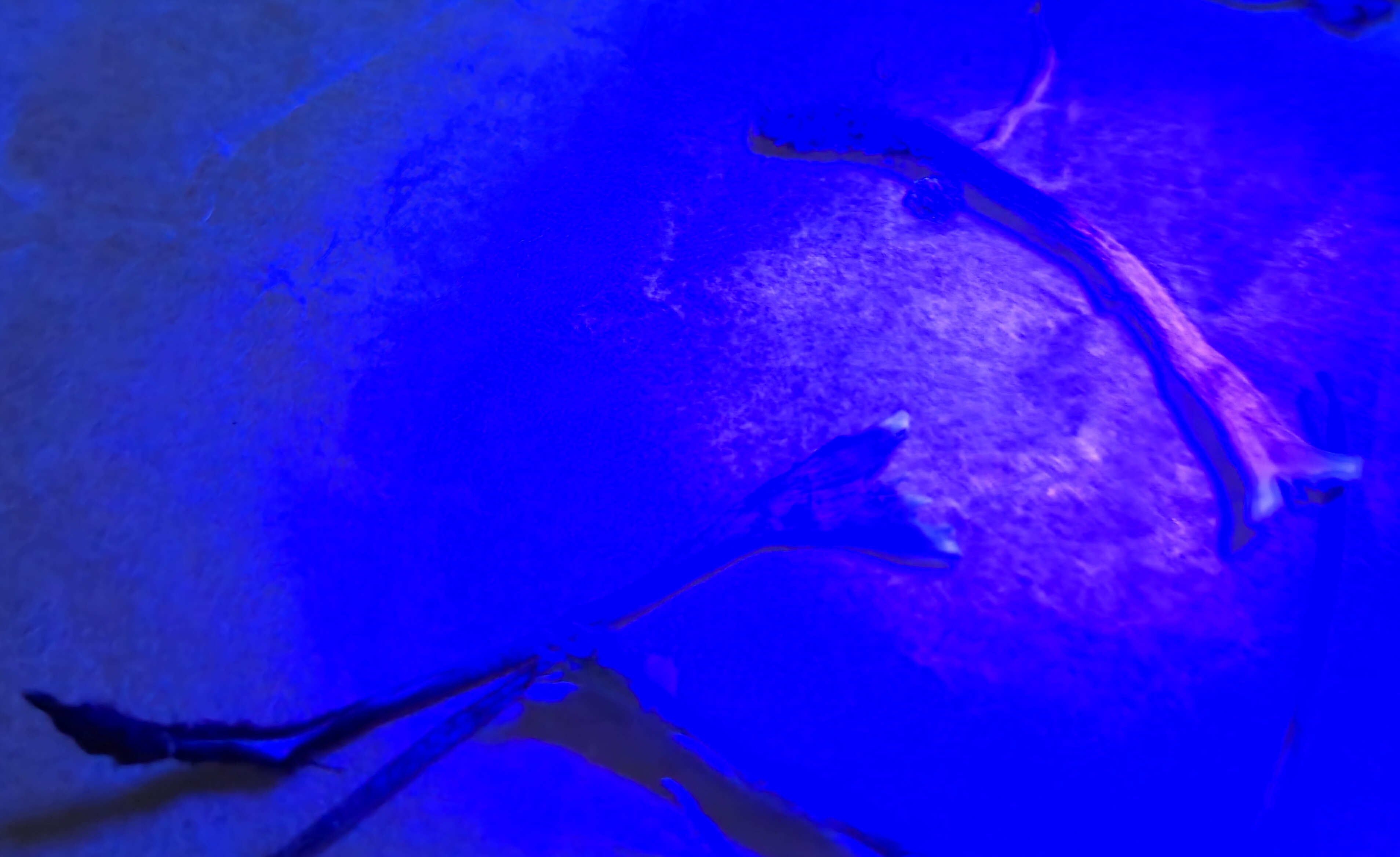
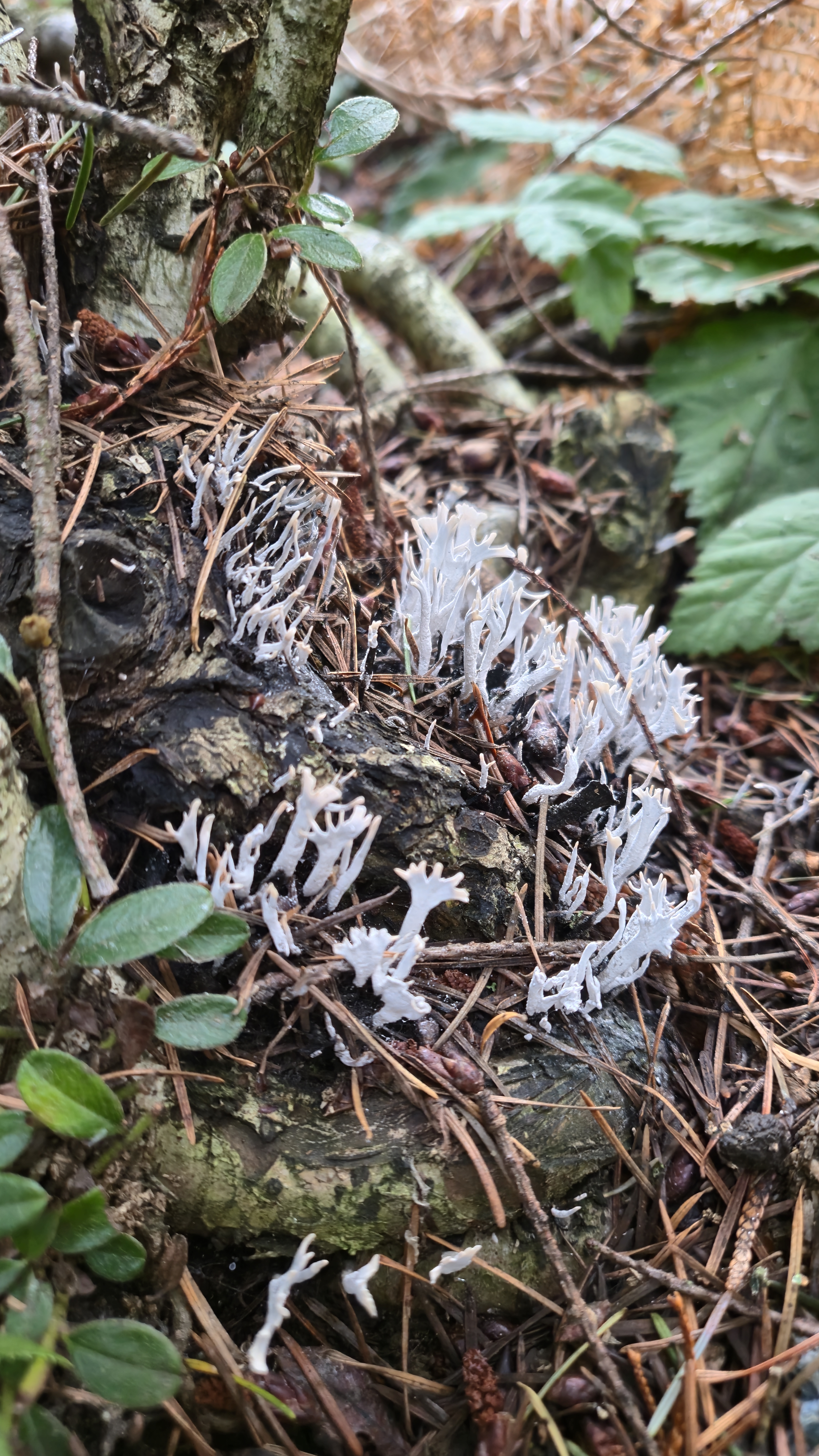
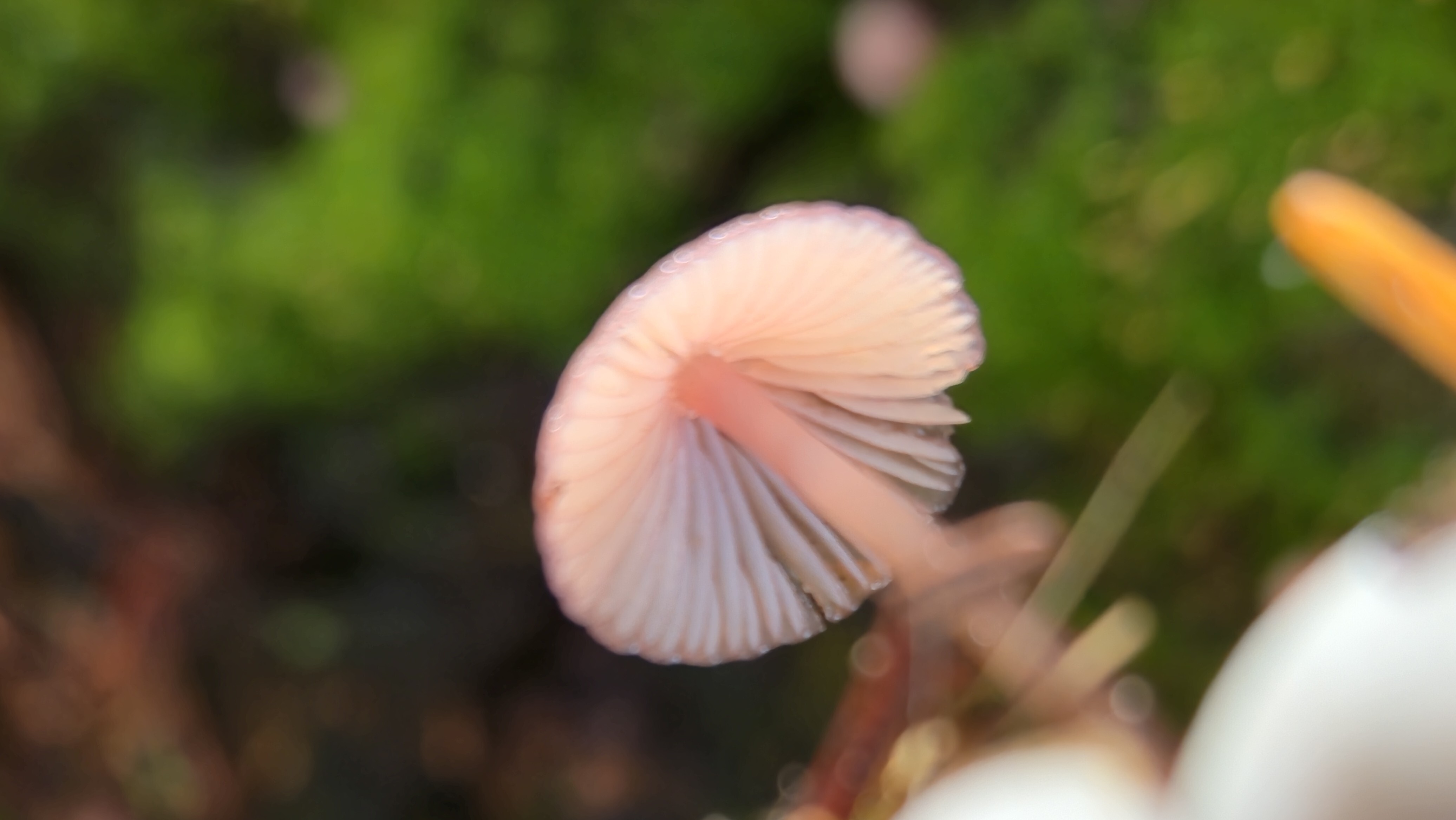
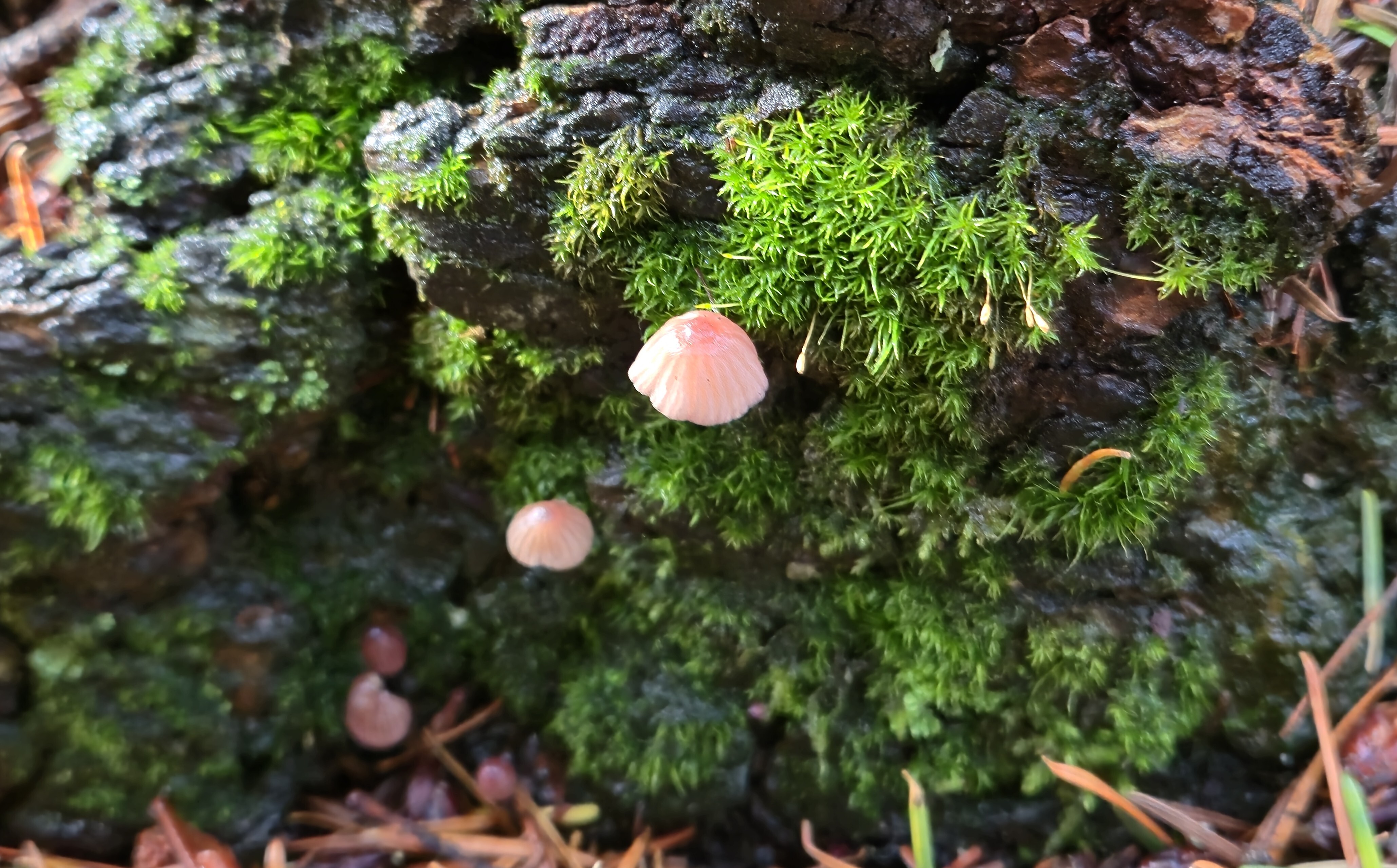
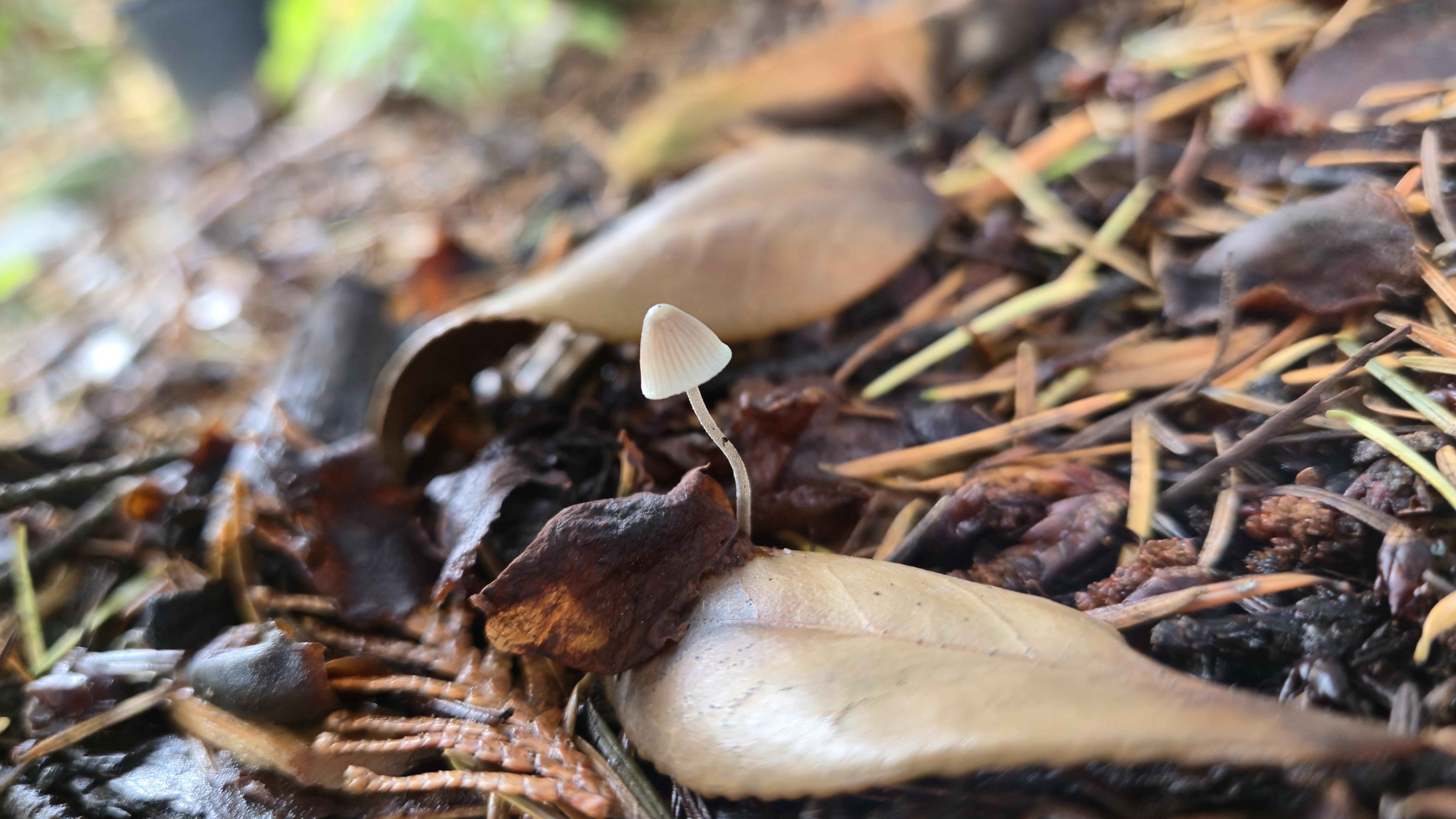


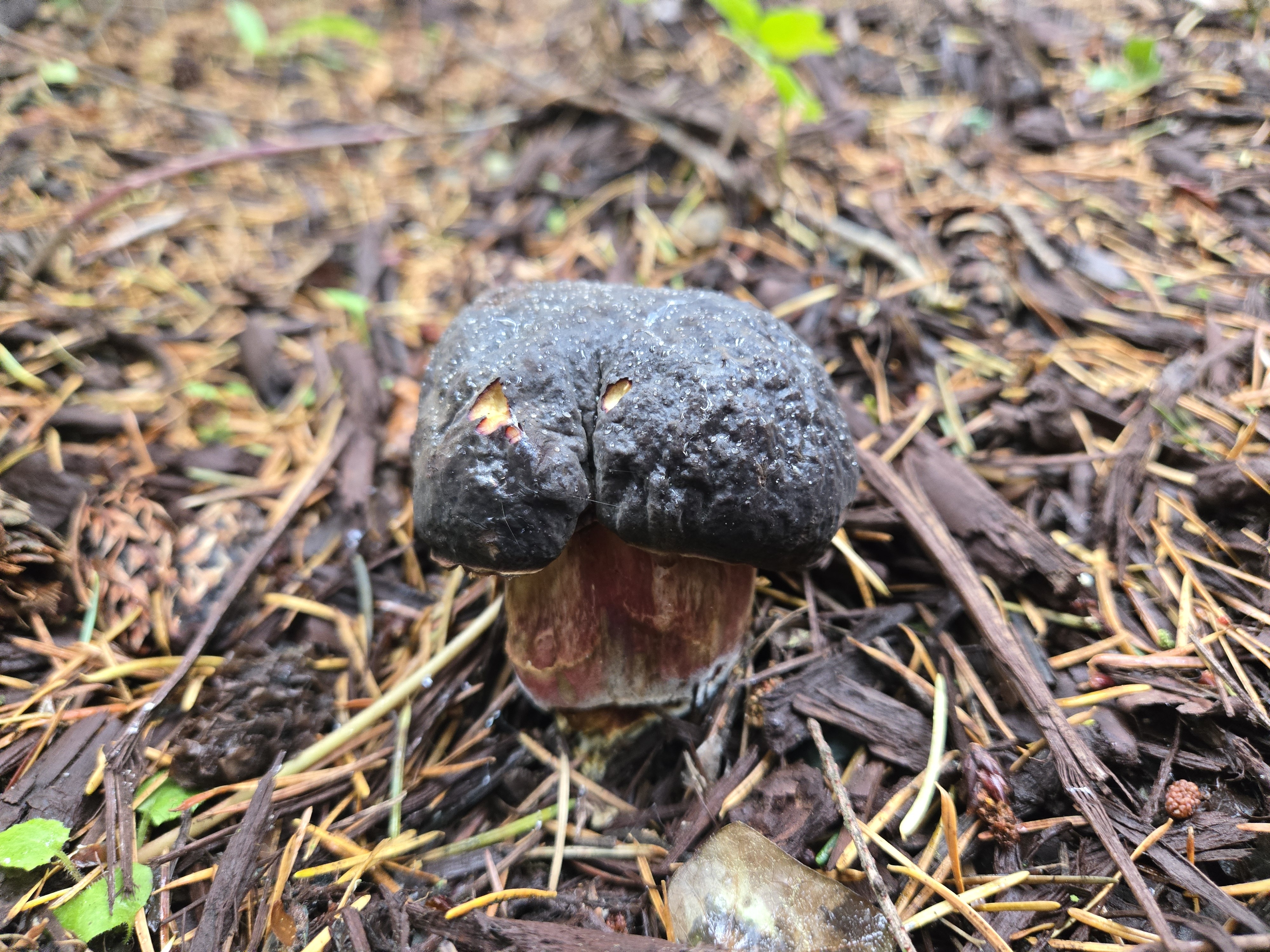
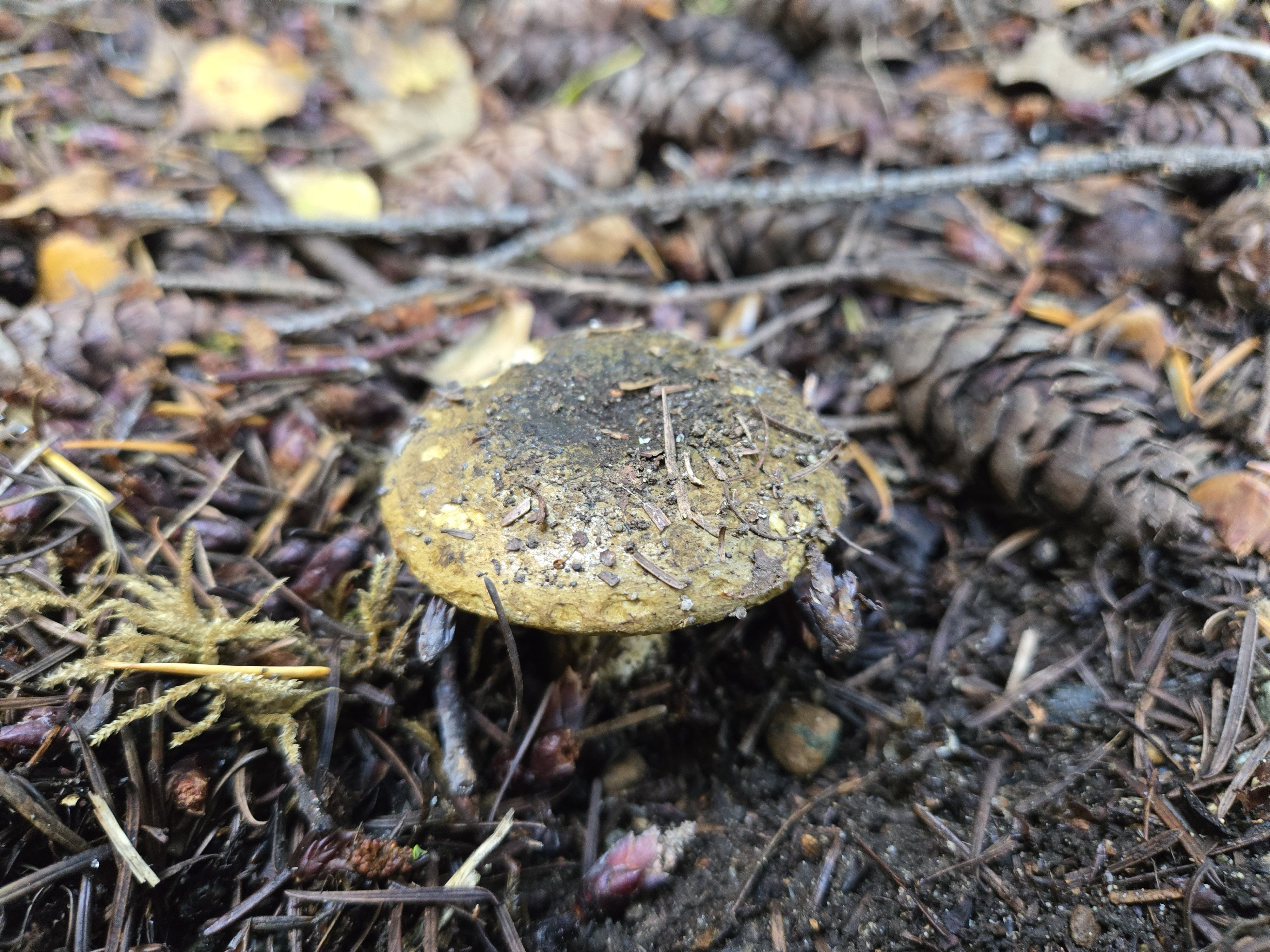
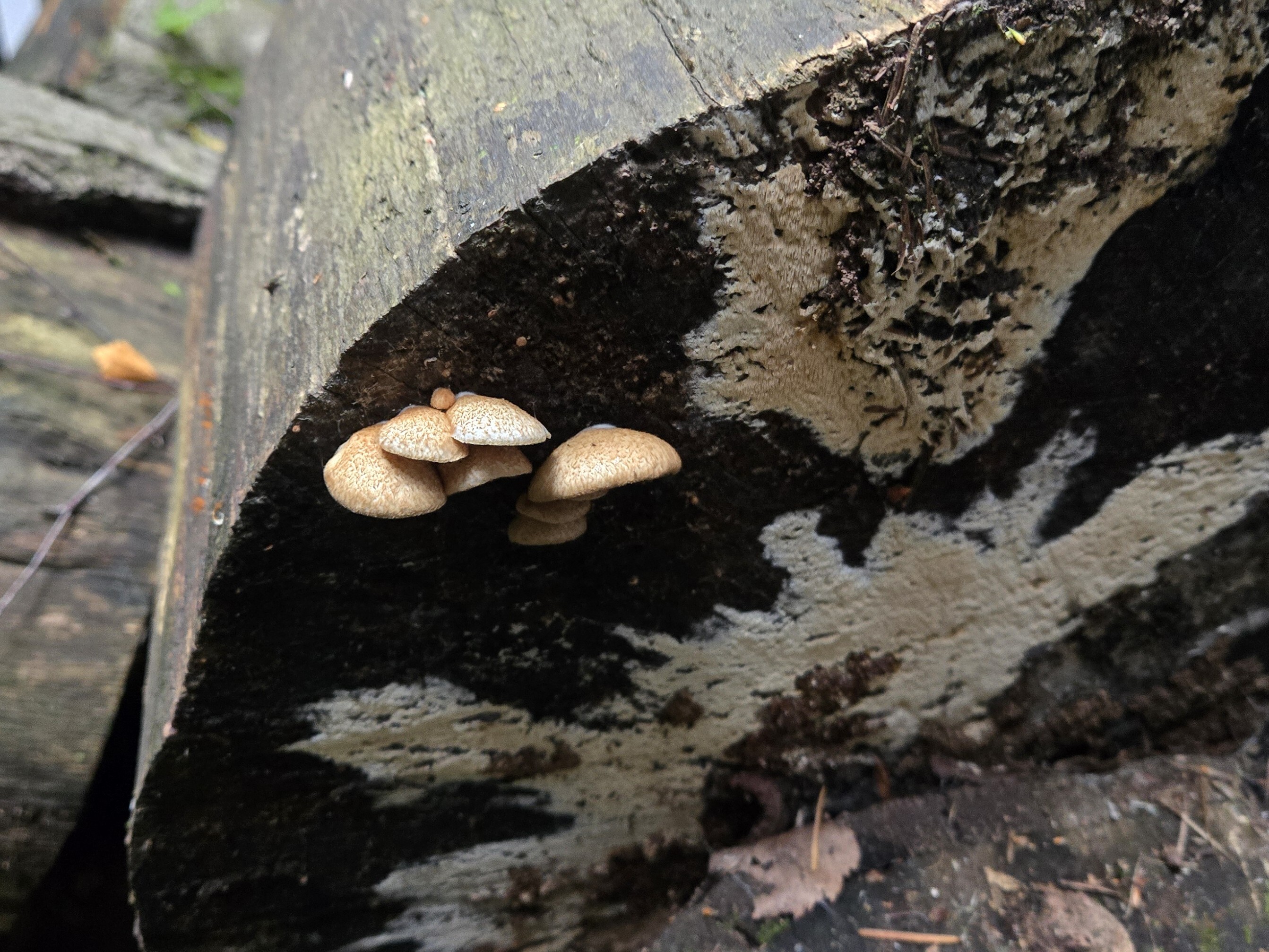
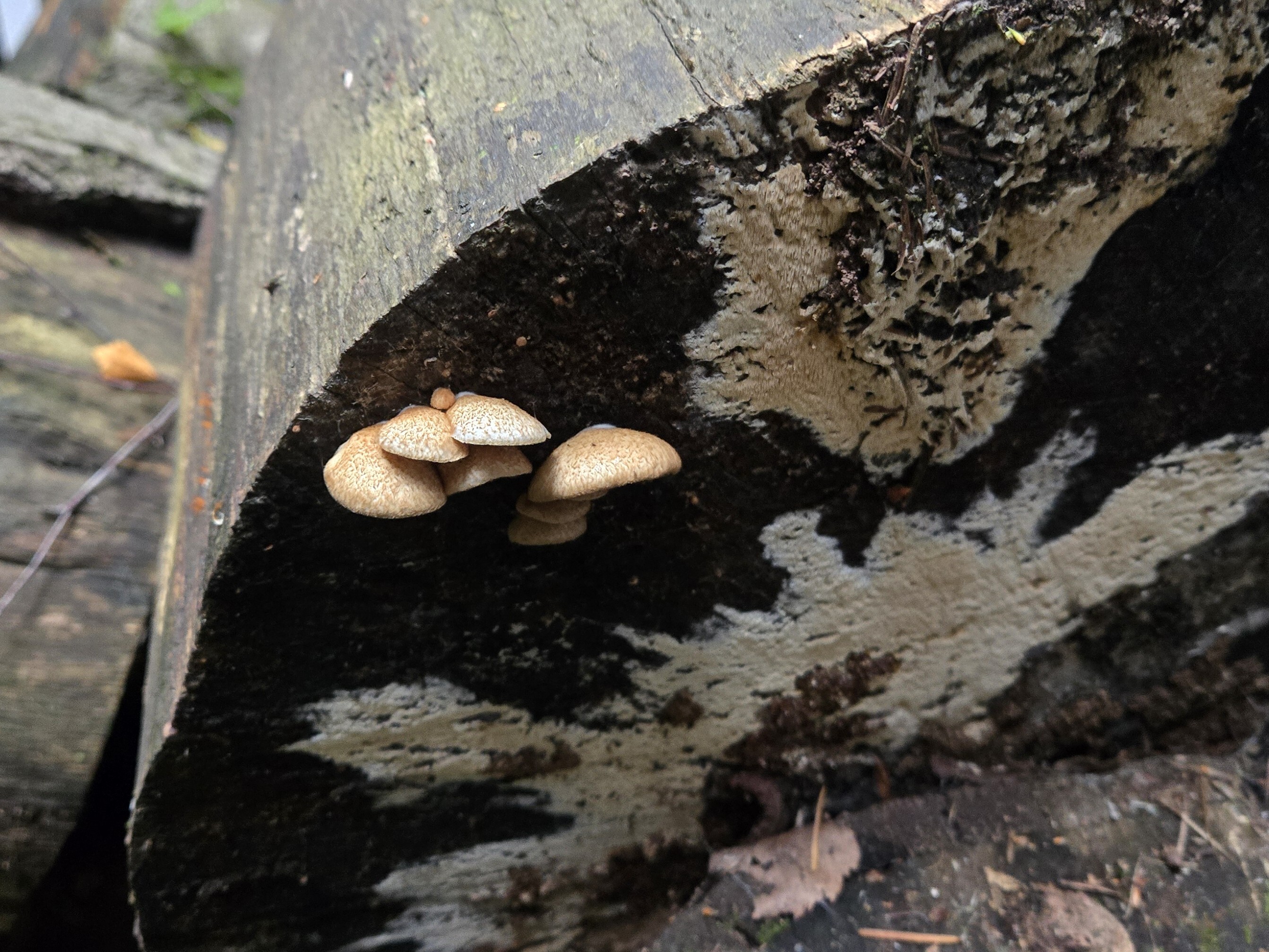
I'm the opposite, I can tell some really difficult mushrooms apart due to good ol' hyperfixation but I still know jack about plants and trees.